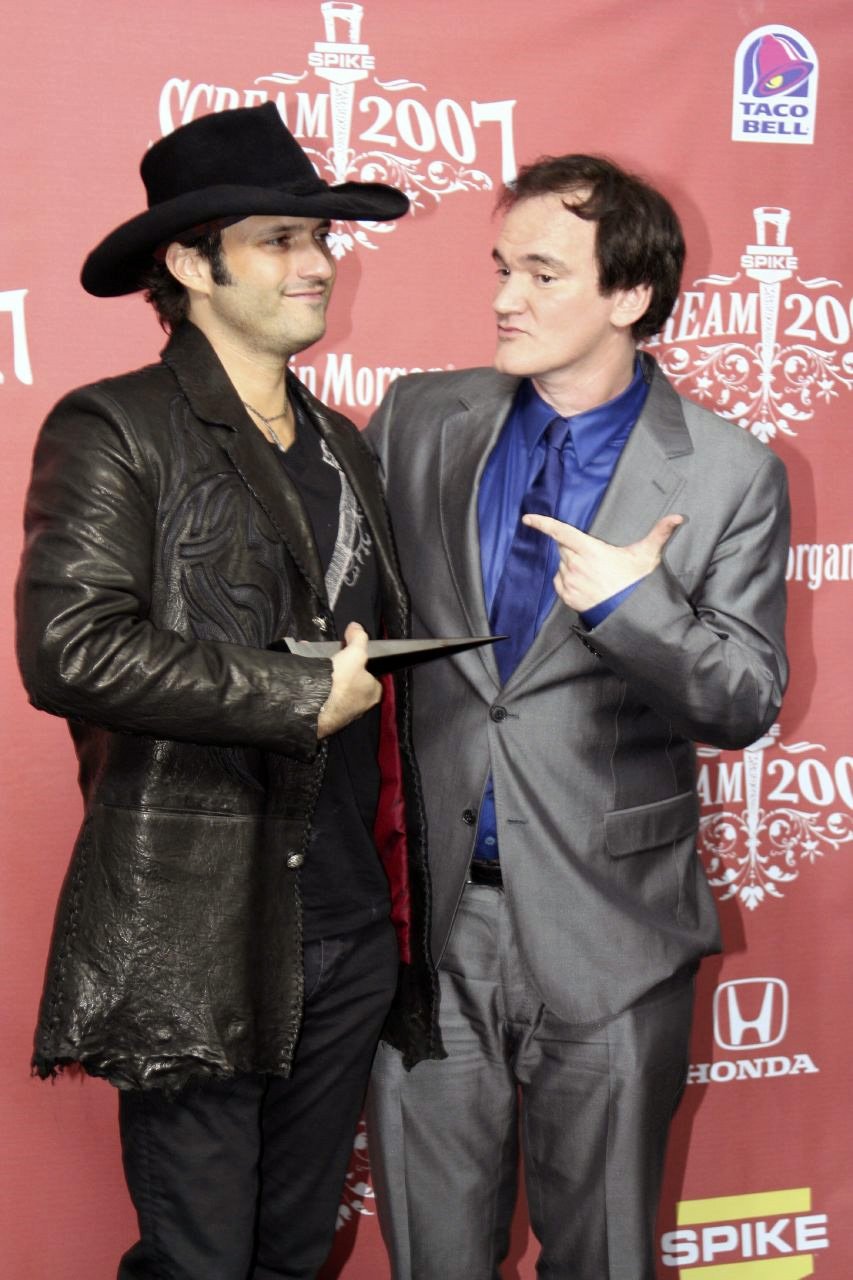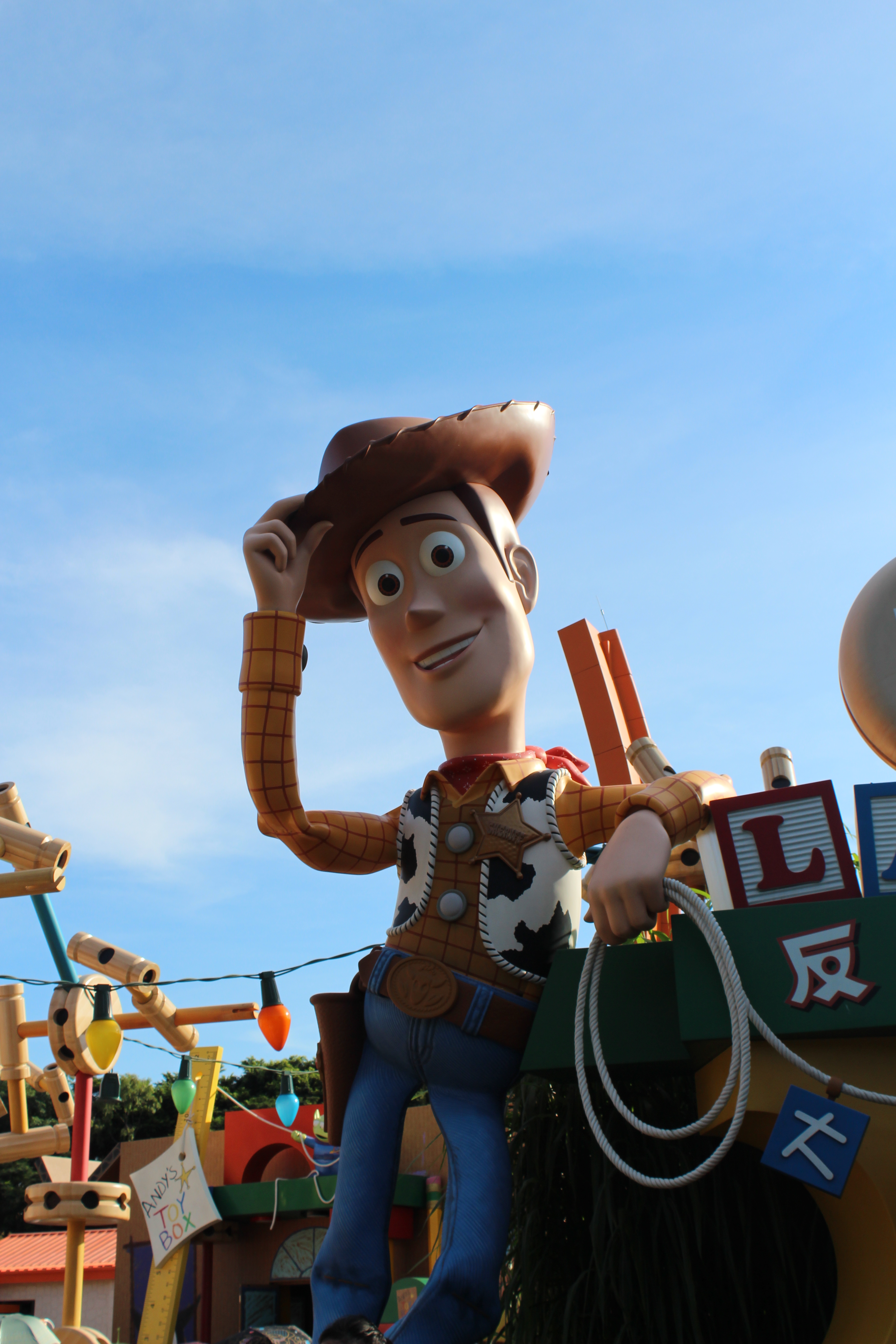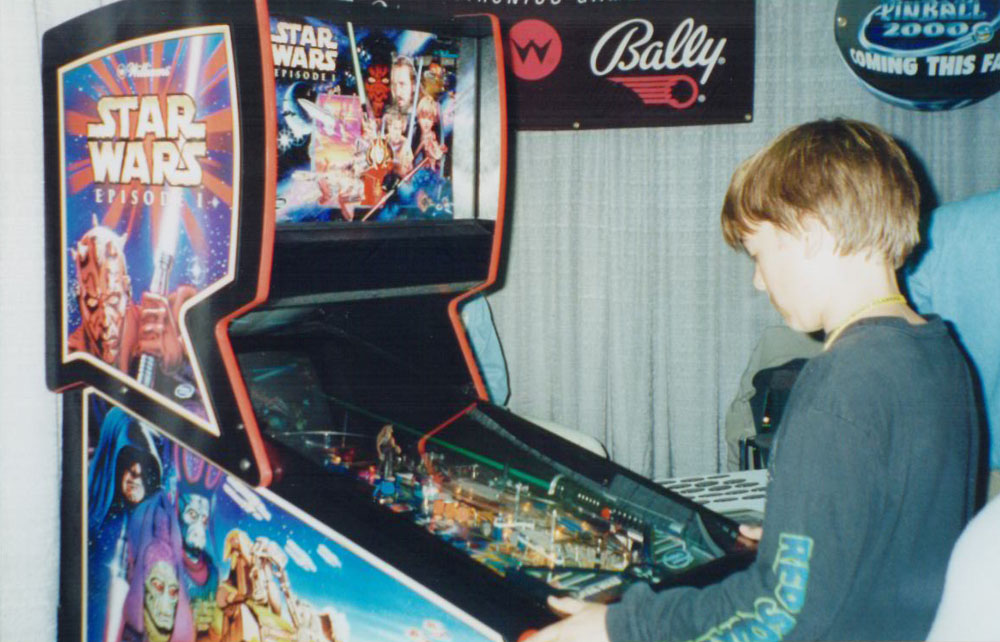By: Richard Van Heertum
Blockbusters: Born in a the most avant-garde period in American cinema
It’s ironic that three films from the ’70s, oddly surrounded by a decade-long nod to experimentalism and social realism, prepared us for the franchise-saturated world of today.
The first was 1973’s The Exorcist (which, of course, now has a sequel TV series), directed by Bill Friedkin, which he made with the bold prediction that he had his hand on the “pulse of America” and the counter-counter-cultural claim that he wasn’t making movies to put “in the fucking Louvre.” The film smashed the box office record of The Godfather from a year earlier and hinted at a new focus for film – one of shock and awe, of titillation, of the marrying of violence and sexuality and of the use of deep psychoanalytic character development well beyond the earlier work of Fellini and Hitchcock. Friedkin’s success, moving from the mail room to the director’s chair, started two years earlier with the 1971 crime thriller The French Connection. That film appeared to follow the general formula and aesthetic sensibility of that time, including long takes, neo-realist echoes, meandering story lines and bursts of realistic violence, all captured within the heart of two gritty modern metropoles – including, as was common to the ’70s auteurs, New York City. With the Exorcist, Friedkin appeared to turn to Roman Polanski’s Rosemary’s Baby for inspiration, deciding to tell a fabulist horror story with the seriousness of a maudlin war drama.
And the audiences loved it, to the tune of $193 million (bonus points if you heard a cash register go off just in reading that).
Two years later, Steven Spielberg went way over budget on a film he wasn’t even terribly interested in directing to begin with. The studio freaked out and spent an unprecedented sum on a blitz campaign that included pervasive TV ads, opening the film in over 400 theaters (a large number in 1975, even as it is small potatoes today), and essentially, panicked their way into the creation of the summer blockbusters and obsession with opening weekends. The modern blockbuster was truly born two years later when George Lucas made a kid’s movie for $11 million that made $460 in the theatres and another half billion in ancillary sales of toys, lunch boxes and the like.
Cha-ching! The new formula to fortune and glory.
The studios heard the clarion call of increased profits and the ’80s rebuff of New Hollywood began in earnest. It was helped by the (too) moderate success of Raging Bull, which only made $7 million on a $16 million budget, and the utter disaster that was Heaven’s Gate, ultimately shuttering the great United Artists, which had won five of seven Oscars between 1955-1962 and produced some of the greatest hits of the ’60s and ’70s. Friedkin, Spielberg and Lucas had found a new formula for success, and it would kill the experimentation of the ’70s almost irrevocably.
The formula involved targeting a young audience, with Lucas quite open about his hope to reach 11 to 12-year-olds with Star Wars. It shifted from realism toward fantasy, moving outside of cities to the suburbs, where more moviegoers were beginning to reside (Spielberg’s genius). The blockbuster focused on sensation, shock value and special effects over story, character arc and experimentation, making bigger budget films with bigger ad campaigns and ultimately taking the power away from directors and giving it back to the studios. Art gave way to commerce, the driving force of Hollywood almost from its inception.
Money, technology, and the decline of the American auteur

Max Headroom, face of a new era
The birth of MTV, computers that could hold entire movies (thus making complicated special-effects editing that used to take minutes suddenly available in seconds), the increased cross-pollination of advertising and Hollywood (Bruckheimer, Simpson and the Scott brothers being the most obvious and important examples of moving from the world of selling dreams of companies to selling dreams of an ideal fantasy world), and the partial reversal of the 1948 Paramount decision (allowing studios to get back into the distribution business) all helped create a new atmosphere in the film industry that forever killed the brief American New Wave.
In the ’80s, the top-grossing film each year gives us a sense of the changing nature of the business. 1980: The Empire Strikes Back. 1981: Raiders of the Lost Ark. 1982: E.T. The Extra-Terrestrial. 1983: Return of the Jedi. 1984: Ghostbusters. 1985: Back to the Future. 1986: Top Gun. 1987: 3 Men & a Baby. 1988: Rain Man. 1989: Batman (a groundbreaking start to a superhero franchise). The decade finised up with Home Alone in 1990. All but three of these films were parts of franchises and contemporary sequelmania was born. Great films were still being made on the margins, of course, including the filmic masterpiece Raging Bull, Woody Allen’s oeuvre for the decade, David Lynch’s two great films that sandwiched the ’80s and a host of others, but even Scorsese suffered in the ’80s, before his ’90s renaissance.
Taking a closer look at the signature year of 1980, the Top 10 films were: The Empire Strikes Back, 9 to 5, Stir Crazy, Airplane!, Any Which Way You Can, Private Benjamin, Coal Miner’s Daughter, Smokey and the Bandit II, The Blue Lagoon, and The Blues Brothers. You can see the trend starting, but only three were remakes. For comparison, in 1967 we find The Graduate as the top grossing film of the year, followed by The Jungle Book, Guess Who’s Coming to Dinner, Bonnie and Clyde, The Dirty Dozen, Valley of the Dolls, You Only Live Twice, To Sir, With Love, The Born Losers, and Thoroughly Modern Millie. Back then, it was young, college-educated urbanites dominating the audience, but there was the untapped potential to feed a younger audience with more disposable income and free time.
The brief independent film boom of the 1990s

Robert Rodríguez & Quentin Tarantino
The trend only intensified over the years, with a small drop-off in the ’90s after a small film shot in 30 days on a measly $30,000 won the Palm D’Or and grossed over $24 million. This was Steven Soderbergh’s 1989 Sex, Lies and Videotape, which led to the independent film craze of the next decade. The key architects of that movement were the Weinstein Brothers, cultivating the talents of a host of new auteurs from Quentin Tarantino, Sam Minghella, Kevin Smith, and Soderbergh to David O. Russell, Gus Van Sant, and the controversial Larry Clark. Other auteurs continued to make films and thrive including Jarmusch, Lynch, Spike Lee, the Coen brothers, and Stone, while ’70s heroes like Altman, Scorsese, Kauffman, and Coppola returned to the mainstream. A host of new voices emerged as well, including Hal Hartley, Richard Linklater, and Ed Burns, black filmmakers like John Singleton, Mario Van Peebles, and the Hughes Brothers, and female directors including Streisand, Marshall, Bigelow, Ephron, and Penelope Spheeris (director of Wayne’s World, for those wondering who the hell she is).
These independent filmmakers and producers challenged the comfortable industry with more complex storytelling, postmodern aesthetics and storytelling predilections, and a return to some of the adventurous and experimental fervor of the ’70s. Hollywood, to its credit, responded with quality genre films in the mainstream like Silence of the Lambs, LA Confidential, Heat, Goodfellas, Schindler’s List, and The Sixth Sense. The latest independent wave provoked an improved, (moderately) more experimental mainstream. However, it wouldn’t last; the studios soon bought up the independents and incorporated them within their own business models, leading to a less fecund period of high quality filmmaking in the aughts.
A return to formula

Big-budget kids films, anyone?
Quality films are still made, of course, and excellent foreign films available to audiences in our biggest cities, but the =focus of the industry has gone back to the formula of success that dominated the Golden Age, minus some of its limitations and, one could argue, much of its celebratory verve.
One of the big shifts was towards big-budget films for kids. Looking at the period from 1995-2011, only 258 G-rated films were made, in comparison to 930 PG films, 1,914 PG-13 films and a surprising 3,404 R-rated movies. However, the average gross income for each of those categories is reversed, strongly favoring films aimed at younger audiences. Each G movie raked in, on average, $38.95 million, compared to $38.02 million per PG film, $42.68 million per PG-13 release, and only $15.53 million per R-rated movie.
Hollywood was also able to capitalize on the home movie market (first VHS and then DVD) for rental revenues, continued profit streams from movie purchases, and straight-to-video entries into the market. The films of the aughts also continued to embrace the ’80s blockbuster: there was a shift to fantasy, more and bigger special effects, more franchise films, cross-pollination with advertising and product placement, and an obsession with opening weekend.
As DVD sales dried up a few years ago, the studios doubled-down on this strategy, unable to predict the success of anything except films that had a ready-made audience in wait. We still see the same genres, though with more variation, the same happy endings, a newfangled star system, the Big 6 replacing the Big 5 of old and a steadfast focus on the bottom line.
Risk aversion leads to a dependence on sequels

Advertising the 9th live-action Batman movie to date
A major change has been the spread of a pervasive risk aversion that makes the old Hollywood moguls seem like base jumpers in suits. This combined with a larger focus on reaching international audiences with stories that cross cultural boundaries seamlessly to systematically inhibit experimentation. The franchises of the ’80s, which tended to come as trilogies, have been replaced by the endless regurgitation of storylines toward infinity. When the stars grow too old, or too bored, with a franchise, they simply reboot it or spin off a new storyline in the same comfortable and familiar narrative universe. When enough years have passed, with the half-life declining precipitously this decade, studios often start all over again as if the earlier version hadn’t even existed (Batman, Superman, Spider-Man, to cite three obvious examples), except in a nostalgic alternative universe older audiences yearn to return to. Everything is game for a movie adaptation, from popular TV series that go all the way back to the ’50s, lousy movies of the ’80s and ’90s, videogames, and (in the most obvious of the endless product shills) toys themselves.
Just looking at the top worldwide grossing films from 2016, we can see the hegemony of the blockbuster formula: Captain America: Civil War ($1.15 billion), Rogue One: A Star Wars Story ($1.05 billion), Finding Dory, Zootopia, The Jungle Book, The Secret Life of Pets, Batman v. Superman: Dawn of Justice, Fantastic Beasts and Where to Find Them, Deadpool, and Suicide Squad ($746.6 million). There are four superhero films that are either an ongoing part of a franchise or likely to start one (Deadpool stands out as both a spinoff of the X-man franchise and, at the end of the movie itself, discussing its own sequel). Five movies were made for children. And, of the ten films, five are sequels, prequels or reboots. A mere two exist wholly outside (existing) franchises: Zootopia and The Secret Life of Pets. And both are kids movies.
Tellingly, only one of the ten made more money domestically than it did overseas (Rogue One), with the others ranging from 52.7% foreign sales (Finding Dory) to a high of 71.3% for Fantastic Beasts (unsurprising, given its English author and setting). The formula is simple: wow them with special effects, cater to the younger audiences, keep your character’s aims simple and achievable, create morally simplified Manichean worlds of absolute good and absolute evil and, most importantly, give them happy endings, the most important rule of Hollywood since the Golden Age began.
In fairness, several of these films wowed critics as well, with Captain America: Civil War garnering 90% on Rotten Tomatoes. Rogue One earned an 85% rating, Deadpool 84%, Finding Dory 94%, The Jungle Book 95%, and Zootopia managed an astounding 98%). Fantastic Beasts and Where to Find Them earned a slightly more tepid 73%, along with The Secret Life of Pets‘s 74%. Only two of the Top 10 earners really drew critics’ ire: Batman v Superman (27%) and Suicide Squad (26%), though both had much higher ratings among audiences.
What does this all mean?
This begs two questions. 1) Am I just an elitist in a world that has moved on from creativity and originality as worthy endeavors, and 2) have critics lost their discernibility (aka f—ing minds)?
Answers: “probably” and “most definitely.” A third (and probably more important) question is whether Hollywood cares if they put out quality products any longer?
Coming up in our next installment, we dive into quantitative-land! Get ready for a look at the numbers over the past two decades as we try and answer these questions.
Meanwhile, if you haven’t already read part 1 of Hollywood’s long history with formulae, check it out!


No Comments on "The Endless Story: The rise of the blockbuster franchise"